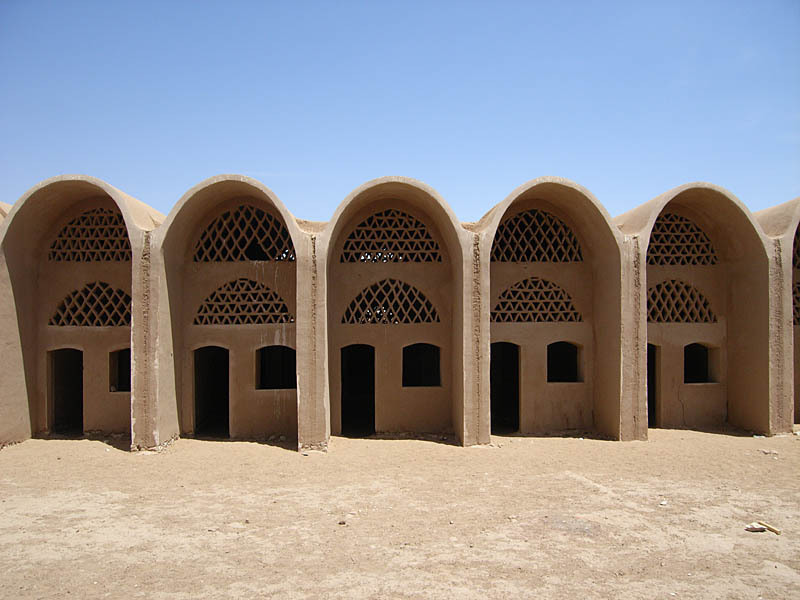Is Wood the Sustainable Solution for the Middle East?
As we understand it today, the sustainable architecture movement began to take shape at the end of the 20th century. Essentially, it responds to growing concerns about environmental degradation, energy consumption, and resource scarcity. In this global discourse on sustainable architecture, wood has long been celebrated as a symbol of environmental consciousness and decarbonization. As one of the most widespread building materials, it has gained popularity with the rise of this movement. This is because trees absorb carbon dioxide during their growth, which stays in the wood during its construction use, keeping it out of the atmosphere.
In fact, wood has become a pillar of the decarbonization design movements. Due to this extraordinary capacity to capture carbon dioxide throughout its growth, its absorption and soring technique of carbon of its fibers, and its ability to continue storing the carbon instead of releasing it after its usage. Moreover, wood is also praised for its ability to be renewed, setting it apart from many other building materials. Sustainable forestry practices ensure the replanting of trees to replace those that are harvested.


 Picture: Roland Unger
Picture: Roland Unger
Comments :